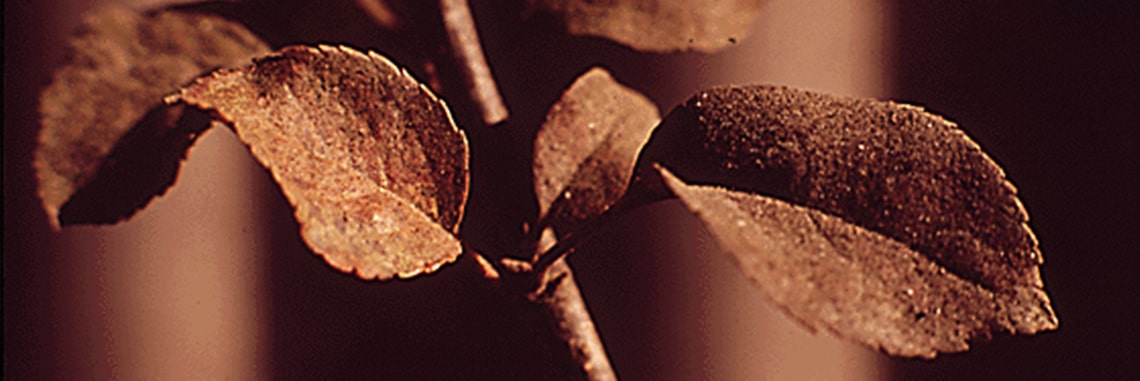
The Contemplative Call to Nature
The Contemplative’s Call to Nature
Wednesday, April 21, 2021
The monk here and now is supposed to be living the life of the new creation in which the right relation to all the rest of God’s creatures is fully restored. Hence, Desert Father stories about tame lions and all that jazz. —Thomas Merton, The Hidden Ground of Love
Poet and author Christine Valters Paintner is an oblate of the Benedictine order, living on the west coast of Ireland. She explains how the contemplative path draws us closer to the truths revealed by nature.
Contemplative practices help to offer an antidote to ways of living that have contributed to the destruction of Earth.
Monastic tradition has its roots in a call to be in intimate connection with nature. The monk’s path was birthed in the forests and deserts, the places of wilderness and other wild edges that reflect an inner reality as well. This call to the edges, which is the monk’s call, is a call to wildness—to that which lies beyond our domesticated, neat, safe, and secure lives. Nature reminds us of the messiness and beauty of things. . . .
Our work as spiritual seekers and contemplatives is to see all of creation as woven together in holiness and to live this truth. In this loving act we begin to knit together that which has been torn; we gather all that has been scattered. Contemplative practice is a way to bring healing presence to the world. . . .
We emerge from the Earth matrix. The structures and rhythms of Earth are not external to our own thriving; rather, we arise from this holy sanctuary. It is vital to our own thriving. Creation as sacred space is the very foundation of our own existence. . . .
Merton’s quote [above] . . . is a keen reminder to everyone longing to experience a contemplative life to live the new creation now, not later or at another time. When we are committed to paying attention to this moment, we nurture our capacity to see the Holy active right here and now. We discover that the “kin-dom” is among us now, and we live as if this were true. Thomas Merton believed that his one job as a monk was to maintain this kind of connection to the natural world, to allow it to be his teacher and guide.
We live in what we might call an age of forgetting. We have forgotten who we are in relation to everything else: the creatures, the plants, the mountains, the forests, the oceans, one another, and even ourselves. With every plastic we discard, with every poison we release on land and in water, with every fossil fuel extracted, we are living in the fog of amnesia. One of the fruits of contemplative practice is the remembrance of our wholeness; we are able to see past the divisions we create with our egos and minds and to rediscover the truth that we are all of one creation. [RR: We might even say the truth is “unveiled” and the world is the better for it!]
Reference:
Christine Valters Paintner, Earth, Our Original Monastery: Cultivating Wonder and Gratitude through Intimacy with Nature (Sorin Books: 2020), ix, x, xi.
Story from Our Community:
My home is just a mile from a mountain wilderness and since the pandemic began I’ve hiked solo 2-3 times per week. Walking in silence as a hawk circles, slowing down to observe sparkling dew on the grass, feeling the simple joy of my legs carrying me along a path of dirt and rock—these often bring me a deeper connection to the mystery we call God. I come home from these forays into nature feeling more whole, hopeful and human. —Peter L.

